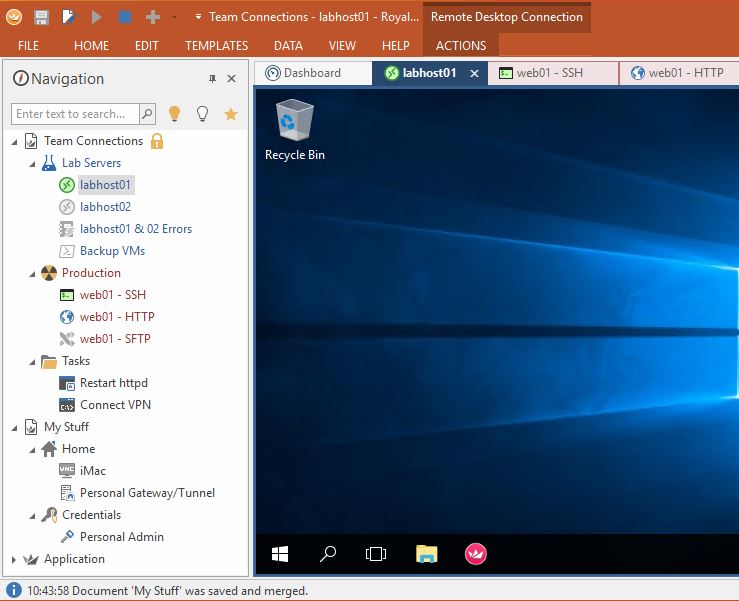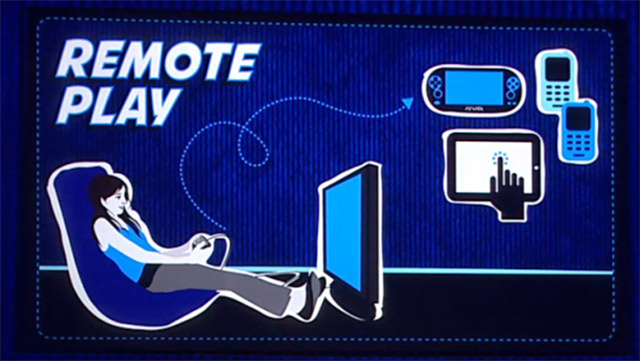Webhint
The Remote tool includes a query parameter (/q) that displays a list of remote sessions on a particular computer. The display includes only visible sessions (debugger sessions started without the /-v parameter and non-debugger sessions started with the /v parameter). You can query for sessions from the server or client computers. Whether you need to access your work computer from home, view a file from your home computer while traveling, or share your screen with friends or colleagues, Chrome Remote Desktop connects you to your devices using the latest web technologies.
Microsoft Remote Tools For Visual Studio 2017
We've completely revamped our site-scanning tool to bring you webhint, a configurable hinting tool for the web.
Virtual machines for legacy testing
Test Microsoft Edge (EdgeHTML) and versions of IE8 through IE11 using free virtual machines you download and manage locally.
Microsoft Edge Driver
Automate testing of your website in Microsoft Edge and Microsoft Edge Legacy.
Accessibility Insights
Download a browser extension that helps developers find an fix accessibility issues in web apps and sites.
 -->
-->Applies to: Configuration Manager (current branch)

Configuration Manager allows you to connect to client computers using Configuration Manager Remote Control. Before you begin to use remote control, ensure that you review the information in the following articles:
Microsoft Remote Tool Free
Here are three ways to start the remote control viewer:
In the Configuration Manager console.
In a Windows command prompt.
From the Windows Start menu, on a computer that runs the Configuration Manager console, in the Microsoft Endpoint Manager program group.
Note
The above Start menu path is for versions from November 2019 (version 1910) or later. In earlier versions, the folder name is Microsoft System Center.
To remotely administer a client computer from the Configuration Manager console
In the Configuration Manager console, choose Assets and Compliance > Devices or Device Collections.
Select the computer that you want to remotely administer and then, in the Home tab, in the Device group, choose Start > Remote Control.
Important
If the client setting Prompt user for Remote Control permission is set to True, the connection does not initiate until the user at the remote computer agrees to the remote control prompt. For more information, see Configuring remote control.
After the Configuration Manager Remote Control window opens, you can remotely administer the client computer. Use the following options to configure the connection.
Note
If the computer that you connect to has multiple monitors, the display from all the monitors is shown in the remote control window.
File
- Connect - Connect to another computer. This option is unavailable when a remote control session is active.
- Disconnect - Disconnects the active remote control session but doesn't close the Configuration Manager Remote Control window.
- Exit - Disconnects the active remote control session and closes the Configuration Manager Remote Control window.
Note
When you disconnect a remote control session, the contents of the Windows Clipboard on the computer that you are viewing is deleted.
View
- Color depth - Choose either 16 bits or 32 bits per pixel.
- Full Screen - Maximizes the Configuration Manager Remote Control window. To exit full screen mode, press Ctrl+Alt+Break.
- Optimize for low bandwidth connection - Choose this option if the connection is low bandwidth.
- Display:
- All Screens - If the computer that you connect to has multiple monitors, the display from all the monitors is shown in the remote control window.
- First Screen - The first screen is at the top and far left as shown in Windows display settings. You can't select a specific screen. When you switch the configuration of the viewer, reconnect the remote session. The viewer saves your preference for future connections.
- Scale to Fit - Scales the display of the remote computer to fit the size of the Configuration Manager Remote Control window.
- Status Bar - Toggles the display of the Configuration Manager Remote Control window status bar.
Note
The viewer saves your preference for future connections.
Action
- Send Ctrl+Alt+Del Key - Sends a Ctrl+Alt+Del key combination to the remote computer.
- Enable Clipboard Sharing - Lets you copy and paste items to and from the remote computer. If you change this value, you must restart the remote control session for the change to take effect.
- If you don't want clipboard sharing to be enabled in the Configuration Manager console, on the computer running the console, set the value of the registry key HKEY_CURRENT_USERSoftwareMicrosoftConfigMgr10Remote ControlClipboard Sharing to 0.
- Enable Keyboard Translation - Translates the keyboard layout of the computer running the console to the connected device's layout.
- Lock Remote Keyboard and Mouse - Locks the remote keyboard and mouse to prevent the user from operating the remote computer.
Help
- About Remote Control - Displays the current version of the viewer.
Users at the remote computer can view more information about the remote control session when they click the Configuration Manager Remote Control icon. The icon is in the Windows notification area or the icon on the remote control session bar.
To start the remote control viewer from the Windows command line
- At the Windows command prompt, type <Configuration Manager Installation Folder>AdminConsoleBini386CmRcViewer.exe
CmRcViewer.exe supports the following command-line options:
Address- Specifies the NetBIOS name, the fully qualified domain name (FQDN), or the IP address of the client computer that you want to connect to.Site Server Name- Specifies the name of the Configuration Manager site server to which you want to send status messages that are related to the remote control session./?- Displays the command-line options for the remote control viewer.
Example:CmRcViewer.exe <Address> <Site Server Name>
Note
The remote control viewer is supported on all operating systems that are supported for the Configuration Manager console. For more information, see Supported configurations for Configuration Manager consoles and Prerequisites for remote control.
Next steps
